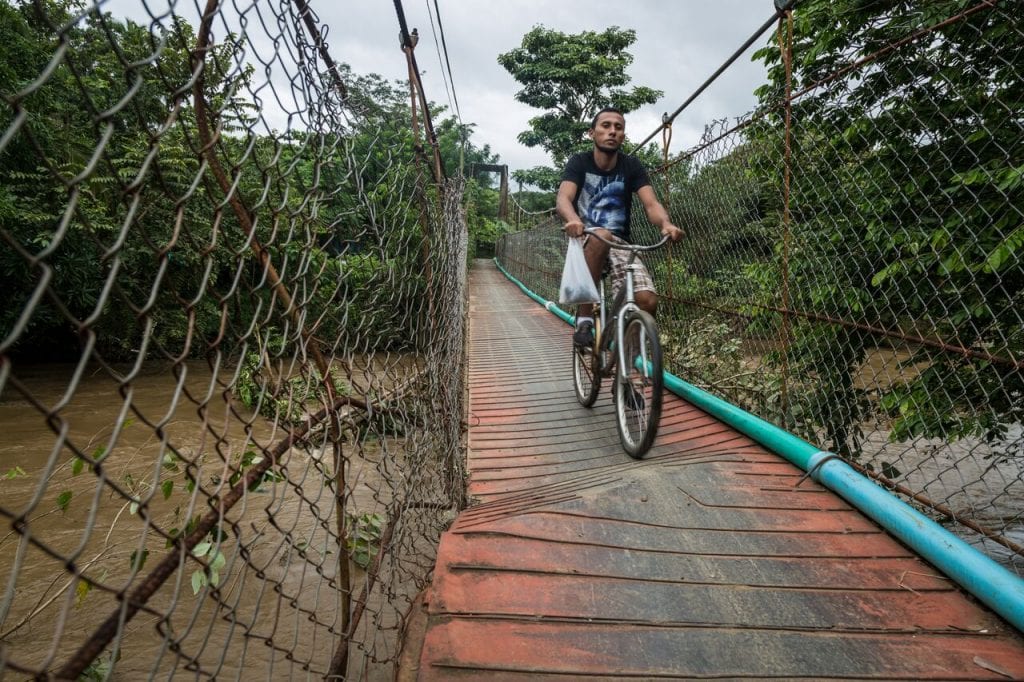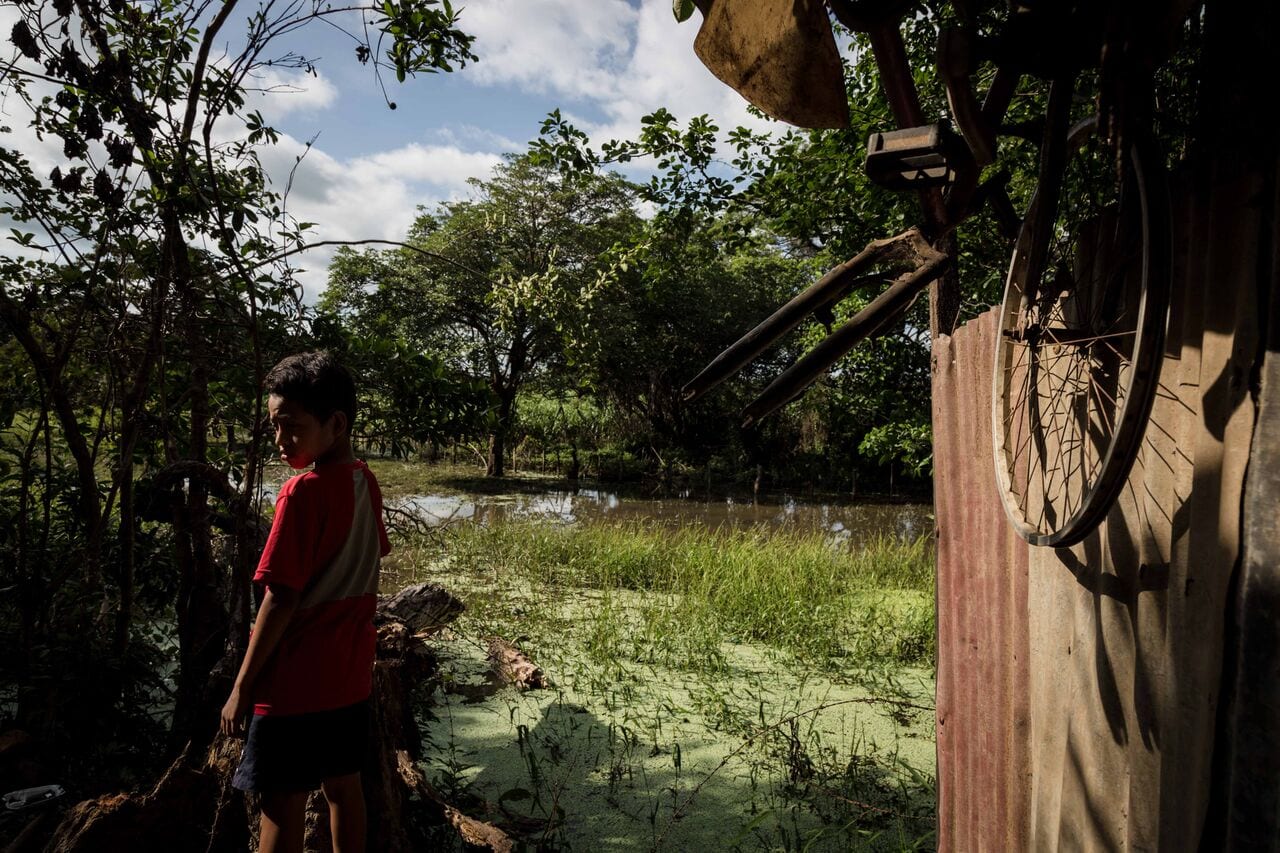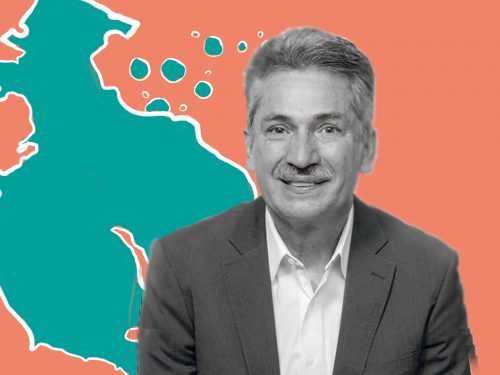
Antonio Rodríguez returned home from school around 2 p.m., dropped his bike and went to the backyard in Bolsón, Santa Cruz. From a small hill he points to the stream that runs literally alongside his house. “We saw a crocodile there yesterday. The river rose a lot, but this time it didn’t overflow too much,” said the boy who routinely monitors water levels.
A year after Tropical Storm Nate, which destroyed part of Antonio and his mother Ángela Jiménez’s home, the family continues to live in the same spot.
Didier Monge, director of the city’s road management technical unit, agreed and said that his department is working on projects that could have an impact in mitigating weather phenomena.
In October, The Voice of Guanacaste toured four communities affected by Nate in Santa Cruz and Nicoya, including Hollywood and Santa Marta in Nosara and Estocolmo and Bolsón in Santa Cruz.
We found that many of the families are in the exact same risky areas they were in last year despite the fact that local governments, the National Emergency Commission and other neighbors know that they run the risk of flooding.
The National Weather Institute holds meetings with institutions to share weather forecasts with them and design roadmaps, but they say local governments don’t attend.
We invite all local governments, but they never attend,” said weather researcher Luis Fernando Alvarado.
Forewarning doesn’t forearm the poorest, who end up losing everything. The enemy here isn’t a single entity, but a diverse set of actors that perpetuate the same problem; a lack of preventative planning.

This suspension bridge between Barrio Estocolmo and El Cacao crosses En Medio River.
Good Reaction, Little Prevention
Floods aren’t a new problem. Santa Cruz, Nicoya and the majority of cantons in the province have been placed under red alert by the CNE or were declared emergency zones by the government after Hurricane Mitch in 1998, Hurricane Otto in 2016 and Nate in 2017.
In response, each local government should have a zoning plan, an updated map of zones at risk, a risk management office and a long list of other things that they aren’t aware of or don’t have the budget or political will to implement.
In this coastal town, the situation of neighborhoods like Hollywood, Santa Marta and the families that live near the airport seems to be frozen in time ever since the storm last year.
María Fernanda Meneses, consultant in risk management since 2009, has worked on emergencies in several municipalities in the country and she was emphatic in saying that Costa Rica has the regulations to prevent risk, but doesn’t implement them. “The responsibility falls on local governments, but they don’t have the necessary tools,” she said.
Zoning plans are part of those regulations. They define which zones are safe for building. Zoning plans for Nicoya and Santa Cruz are only designed for central districts in the canton. They were both drafted in 1983. Only Santa Cruz updated theirs and the last time 24 years ago.








Comments